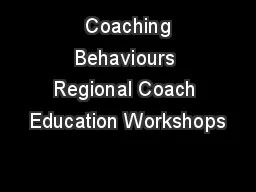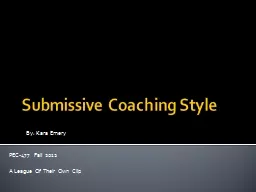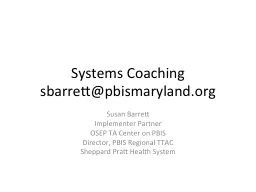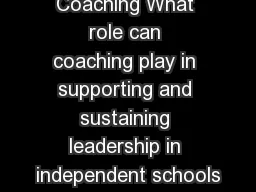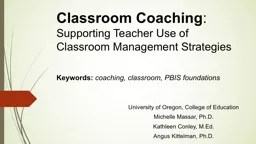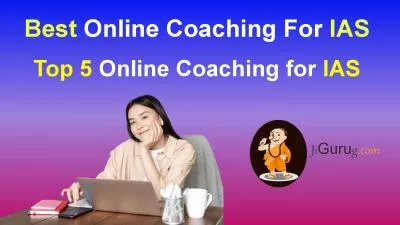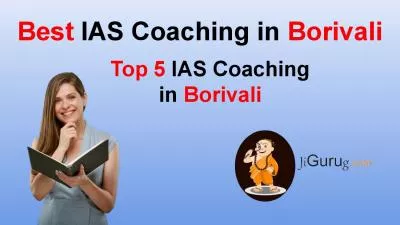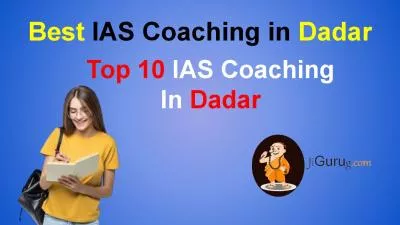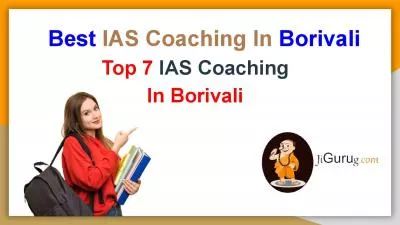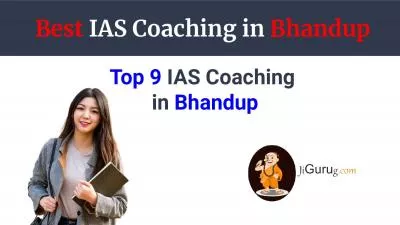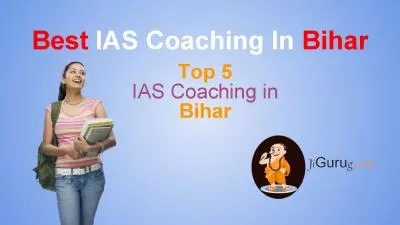PPT-Coaching Behaviours Regional Coach Education Workshops
Author : karlyn-bohler | Published Date : 2020-04-08
Lindsay Dunn ASA England Programmes Officer Cultural Change The role of the NGB Pathway ASA and British Swimming Promote a holistic cultural change to develop an
Presentation Embed Code
Download Presentation
Download Presentation The PPT/PDF document " Coaching Behaviours Regional Coach Educ..." is the property of its rightful owner. Permission is granted to download and print the materials on this website for personal, non-commercial use only, and to display it on your personal computer provided you do not modify the materials and that you retain all copyright notices contained in the materials. By downloading content from our website, you accept the terms of this agreement.
Coaching Behaviours Regional Coach Education Workshops: Transcript
Download Rules Of Document
" Coaching Behaviours Regional Coach Education Workshops"The content belongs to its owner. You may download and print it for personal use, without modification, and keep all copyright notices. By downloading, you agree to these terms.
Related Documents

